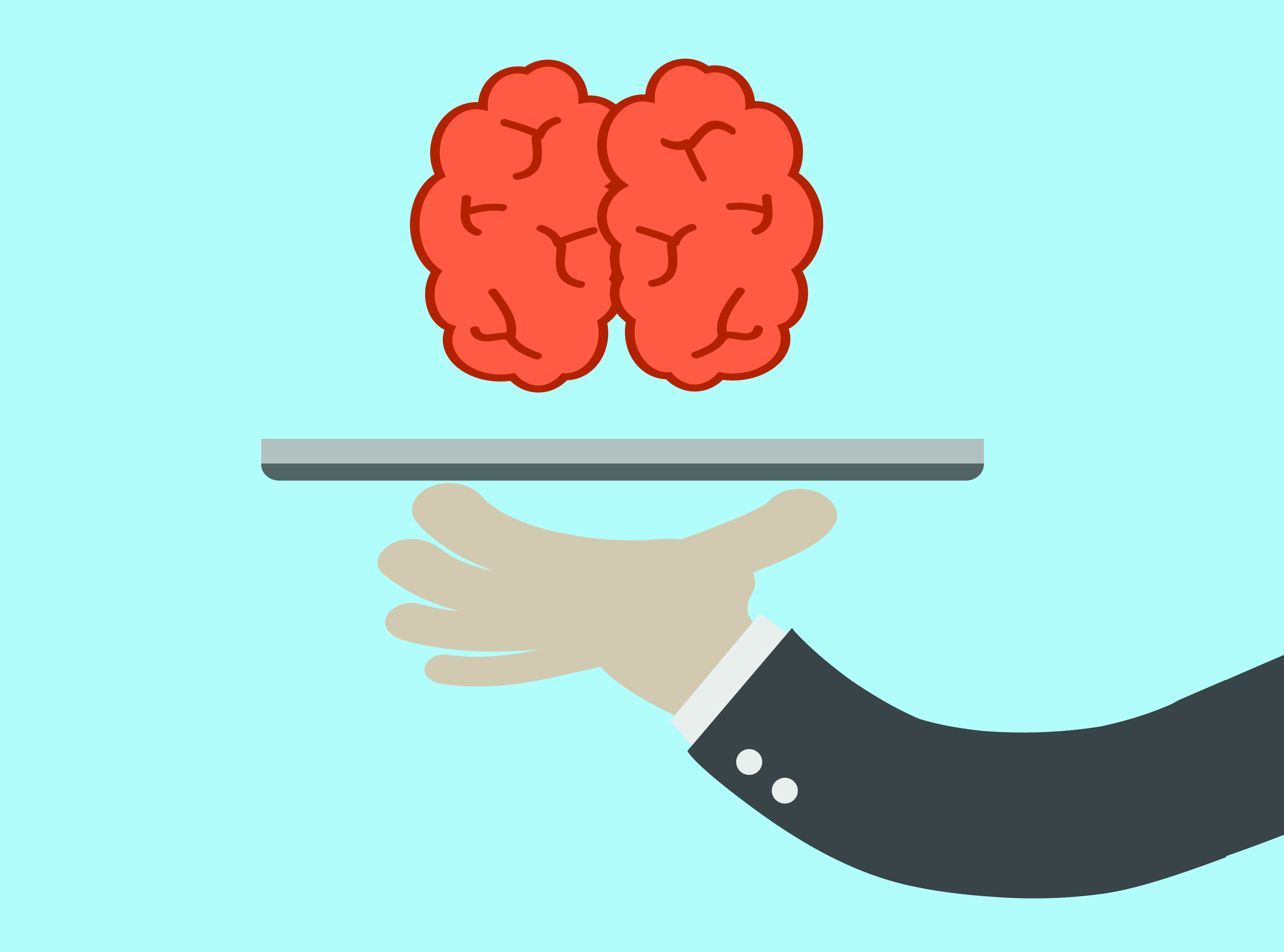
I’m going to ask you a personal question, and I want you to be honest. Don’t worry, you don’t have to say it aloud, so no one will know. Here it goes:
Have you ever resisted or ignored a piece of information because it posed a threat to your worldview?
(Maybe you saw a headline that went against your political conviction and your reaction was, “I’m definitely not going to read that.” Or perhaps you left out a few not-so-impressive data points in your campaign report so it looked a bit better than it really was.)
If you answered “yes,” you’re like most other human beings on the planet. In fact, according to the last 40 years of cognitive research, favoring information that confirms your worldview is extremely common human behavior.
This “filter” serves a practical purpose, as it helps us conserve cognitive energy and navigate life with stable beliefs — imagine how hard it would be if we were open to every single piece of information we come across in life?
Unfortunately, being biased towards information that confirms what we already believe often leads to errors in judgment and costly mistakes in marketing (and life in general).
If we aren’t careful, we can find ourselves marketing to an imaginary target audience made up of our own biases and assumptions – without even noticing it. The result is marketing that falls short and fails to have any real impact on the audience.
Marketer: Meet Your Own Worst Enemy
Our predisposition to filter and interpret information in ways that confirm what we already believe is what psychologists have identified as confirmation bias (also referred to as my-side bias).
Though it is largely unintentional, my-side bias often limits our capacity for objective analysis.
Encyclopedia Britannica cites that “[i]n studies examining the my-side bias, people were able to generate and remember more reasons supporting their side of a controversial issue than the opposing side. Only when a researcher directly asked people to generate arguments against their own beliefs were they able to do so.”
Most Trump supporters were concerned with confirming that he was a better candidate than Clinton, whereas Clinton supporters were concerned with confirming that she was a better candidate than Trump. And supporters on both sides were willing to overlook some relatively big faults in their preferred candidate — while pointing fingers at the opposition for not seeing the faults in their own candidate.
“Confirmation bias also surfaces in people’s tendency to look for positive instances. When seeking information to support their hypotheses or expectations, people tend to look for positive evidence that confirms that a hypothesis is true rather than information that would prove the view is false if it is false.”
The current fake news controversy is another good example of confirmation bias in action. Objectively speaking, every single person (including politicians and journalists) should have a vested interest in journalistic integrity and truthful coverage of current events. Nonetheless, many of us are preoccupied with confirming suspicions that the “other side” is peddling fake news – rather than actually getting to the bottom of fake news in general.
Confirmation bias can also lead us to seek out sanctuaries where our beliefs and opinions aren’t challenged. Platforms like Facebook let you fine-tune your News Feed to let in only the things you agree with. If something you don’t agree with does slip through your filter, you simply block it. If someone says something you don’t agree with, you simply unfriend them. And so on and so on until you’ve built your own perfect little confirmation bias bubble where all your opinions are validated and opposing ideas are crushed swiftly so they don’t pose a threat.
The tendency to favor one’s own views poses a serious threat to any discipline that seeks to uncover the truth about the world — science is a perfect example.
If a scientist only looks for data confirming a desired outcome, the study will be fundamentally flawed since it will revolve around finding confirmation rather than information. As a consequence, the conclusions will be biased towards a specific result and therefore worthless.
That’s why the Scientific Method is so important when you are doing research. It dictates that you should attack your hypotheses from all possible angles and actively seek evidence to the contrary.
When you’ve tried everything to disprove your own hypothesis and it still stands true, that’s when you know you’re onto something.
However, even scientists have a hard time staying true to this principle.
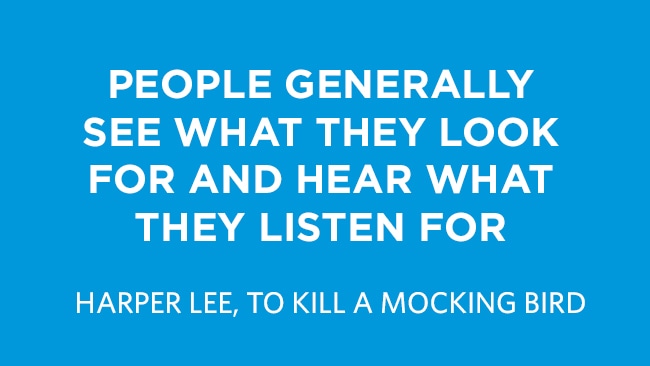
Save Your Marketing From Confirmation Bias
As I hinted at in the intro, confirmation bias can have detrimental effects on your marketing. In the rest of the post, I’m going to walk you through three common pitfalls and give you tips on how to avoid them.
Pitfall 1: Marketing to an imaginary target audience
If we as marketers want to be able to influence other humans and have actual impact on their buying decisions, we first have to understand who they are and what the world looks like to them.
If we aren’t careful, confirmation bias can get the best of us, and we can end up marketing to an imaginary target audience made up of our own assumptions and biases. Such a limited view can make it very difficult to understand the behavior of others, especially when that behavior deviates from what you expected.
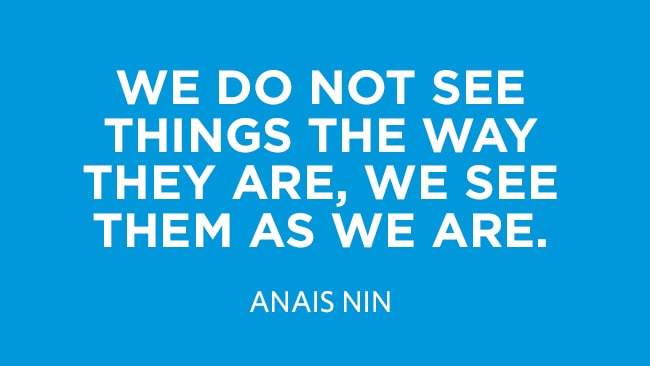
This often leads to generic marketing that fails to have real impact on the audience — or worse, lack of empathy and a tendency to blame the user rather than asking yourself how you could have improved the experience for the user.
When we started doing customer surveys, it turned out they had a lot of important questions and concerns that simply weren’t being addressed on the website — everything from “How does the subscription work?” to “Are there hidden installation fees?”
Based on this new insight, we built new product pages that addressed as many questions and concerns as possible — the hypothesis being that the better the prospect understands the product, the more likely they’ll be to convert.
The new pages were super information dense compared to the original ones, which worried the client. Nevertheless, within the first 14 days of testing the new pages we saw a significant five-figure increase in revenue.
The client was obviously happy, but more importantly, they gained a new found appreciation for customer research.
How to avoid marketing to an imaginary audience
1. Accept the fact that you could be wrong
If you default to assuming that you’re right, you won’t be particularly motivated to look for new information — what’s the point when you’ve already decided that you’re right?
On the other hand, if your starting point is that you could be wrong, you’ll be much more open to new information and alternative explanations. Having an open mind is very important first step if your goal is to uncover the truth.
In practice, this means approaching your own ideas with healthy skepticism and keeping an open mind towards alternative hypotheses. Look for evidence for and against your conclusions — that way you can qualify your assumptions and validate whether you are onto something that’s worth dedicating time and money to pursuing.
2. Get input directly from your target audience
You can waste oceans of time sitting in a room with other marketers philosophizing about what your target audience wants, but getting input directly from your target audience is by far the best way to qualify your ideas and challenge your assumptions.
My approach is to get user insight as soon as possible.
Depending on the case at hand, I choose the method and tool that’ll help me get the best insight as fast as possible. My trusty toolbox includes:
- Web analytics
- Feedback polls (check out my recent webinar with HotJar)
- Customer interviews
- Usability testing (both in-house and remote)
- Surveys
- Click/scroll maps
- Session recording
- Form analytics
As Senior Conversion Optimizer at Unbounce, I spend about 60% of my time conducting research to better understand our target audience — how they perceive our product and what makes them tick. I believe that their answers are more valuable than my gut feeling.
My career as a CRO has been full of aha moments facilitated by research. Customer interviews in particular have led to profound discoveries that cast light on the fact that I had completely misjudged the target audience and what was important to them.
Usability testing can also have significant impact on your approach. When you see your own users struggling to make their way through something like your checkout process, you gain a lot of empathy for them. It becomes evident that they aren’t “stupid.” This tactic is especially effective with very proud and/or stubborn clients who didn’t see the value in investing in research. Show a few usability tests conveying the genuine frustration real customers feel, and even the most hardheaded CEO will have a newfound interest in improving things (and your job will be much easier).
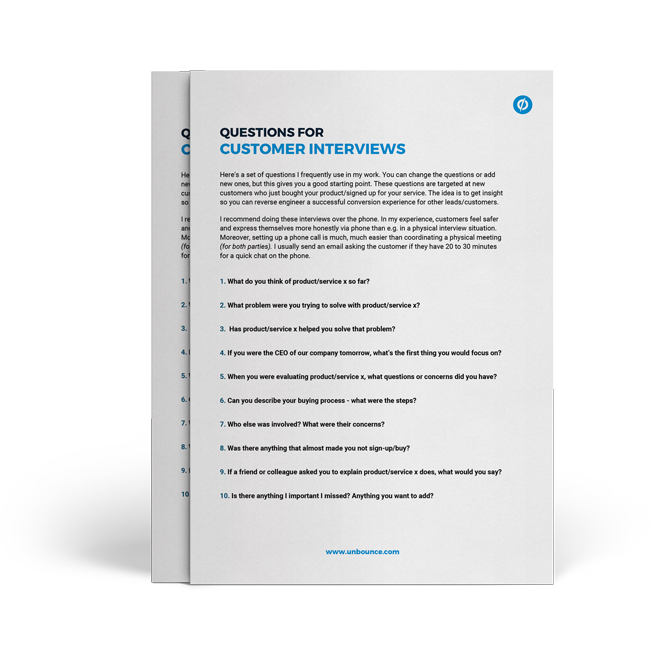
Conducting a customer interview?
Pitfall 2: Ignoring evidence that challenges your assumptions
Confirmation bias poses a serious threat to your data quality, and you need to keep it in check so you aren’t fooled by your own research. I love the loop in the image below because it so beautifully captures a very common pitfall that one could call the bane of researchers:
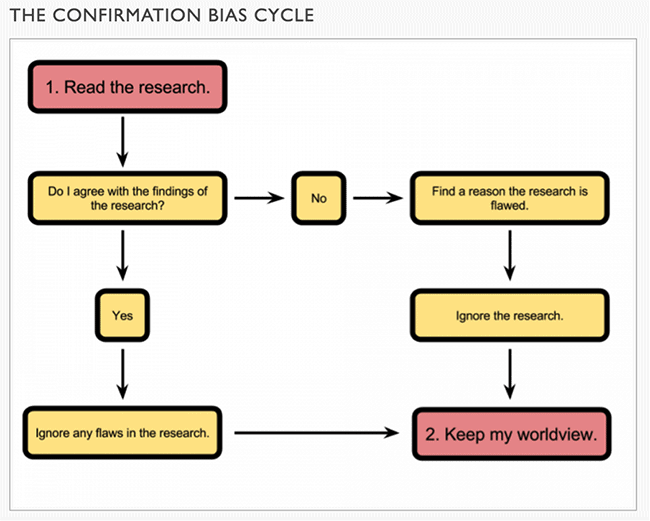
From personal experience, I know how a dataset can become vastly less interesting when you find out that it is actually telling you the opposite of what you were expecting.
And because our jobs depend on us delivering results, it can be very tempting to tweak the data just enough that we come out on top — if you put your mind to it, you can easily find correlations in your data that simply have nothing to do with the real world.
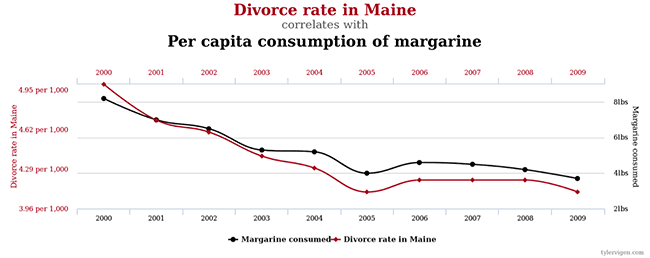
Examples like this illustrate how vital it is to be disciplined enough to continue your quest for the truth and bold enough to admit that you could be totally wrong.
The long-term effects of collecting biased data can be catastrophic. When we start to see false observations as the truth, we become removed from reality. And the more removed from reality we become, the less impact our marketing will have on our audience.
How to avoid ignoring evidence that challenges your assumptions
1. Approach your data with a healthy dose of skepticism
It is easy to be skeptical of data presented by others — less so when it’s your own data.
That’s why it is important to get into the habit of questioning your own findings and conclusions. Always approach your findings with a healthy dose of skepticism and ask critical questions:
- Did I use appropriate research methods?
- Was my approach to data analysis appropriate?
- Did I introduce bias during the study (e.g., asking leading questions)?
- Was my sample representative of the population or segment I wanted to learn about?
- Was my sample large enough to be meaningful?
Train your mind to look for cracks in your theories. And when you do find a crack, attack it from all angles, instead of sweeping it under it under the carpet.
I know it hurts, but trust me when I say that in the long run it’ll pay off. The goal isn’t to prove you were right, the goal is to get insight and learn something.
2. Actively look for signs of confirmation bias in your research and data
Confirmation bias can be very difficult to spot unless you actively look for signs of it. Signs include:
- Favoring certain data and/or omitting information because it serves your personal agenda better than the truth.
- Tweaking your conclusions to support what you set out to prove.
Take a step back once in while and take a critical look at what you are doing.
Again, having the guts to admit that you might be totally wrong is crucial. Otherwise you’ll likely default to defending your preconceived notions rather than challenging them.
Pitfall 3: Generalizing observations to an unrealistically large group
Another very common error in judgment caused by confirmation bias is exaggerating your findings and to a group much larger than the actual sample size.
Confirmation bias blurs the lines and can trick you into thinking your observations are more meaningful than they actually are.
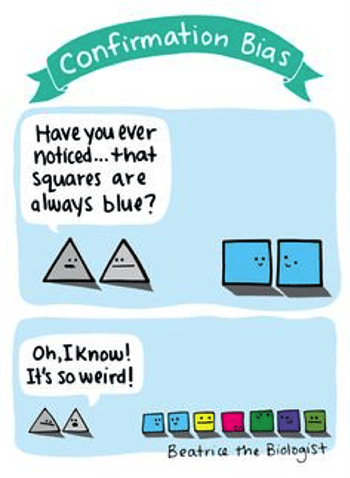
A classic example is the good old button color test. Finding out that a specific color works best on one single landing page does not in any way shape or form mean that it is guaranteed to work on another landing page. A green button would clearly not stand out on a page where everything else is green — in this case, a red or orange button would likely be better choices for contrast.
This seems painfully obvious in hindsight, but I still run into people who say stuff like “That shouldn’t be red, everybody knows that green is always better!”
Generalizations like this are very convenient. They simplify the world and vastly reduce your need for analysis and critical thinking. Unfortunately, they also hide the truth very effectively.
How to avoid generalizing observations to an unrealistically large group
1. Ask yourself, “How many examples do I actually have?”
One or two instances of something does NOT mean that you can apply it directly to another case. You have to be able to recreate it over and over again before you can establish it as a “rule.”
If you see good results from sending a one-line email in connection with a very simple and highly desirable offer, it does not mean that you’ll see the same good results in connection with a high-scrutiny, expensive and unknown offer. (Just as having one or two bad experiences with someone from another culture does not mean that every experience with someone from that culture will be equally bad.)
The solution here is actually very simple, but it takes a lot of training and discipline to make it a natural part of your decision-making process. So always be critical of your own findings and don’t jump to conclusions based on limited evidence. Keep yourself in check by looking for more examples of the thing you observed.
2. Learn statistics
Another solid (albeit more time-consuming) solution is to learn statistics from the bottom up. Stats are there to serve as a reality check in the sense that they provide some very useful rules that go a long way in ensuring that your findings are in fact valid and not due to chance.
In fact, every time you look at any data point, stats are involved. And if you don’t understand statistics, it’s difficult to scrutinize the data being presented to you from a tool or colleague.
Not sure where to get started? Check out these resources:
- Mozinar: Practical A/B Test Statistics: How to Run Better Tests and Get Cleaner Data
- Statistics for Dummies
Closing Words
Our brains do a lot of work for us on autopilot. And while it’s comforting to think that we are in control of everything that goes on, the truth is that we reach a lot of decisions without fully understanding the process that lead to them.
Learning how your brain works and the things that impact your decisions will help you think more clearly and make better decisions. What’s more, it’ll help you understand yourself and the people around you much better — important skills that can improve your marketing results and your life in general.
I’ve introduced one of the most pervasive cognitive biases we humans struggle with, and given you simple tips for how to identify and deal with it as a marketer. In the weeks to come, try using some of my tips. Remember: the more you practice, the easier it gets.
